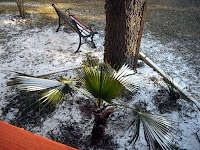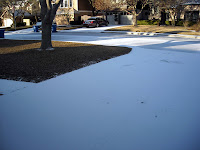If you have a children’s story ready to go, my suggestion is that you enter it in the Kindergarten Story Writing Contest sponsored by Children’s Writer. Visit their Website for further details. But hurry. The deadline for entries is February 28, 2011. Good luck!
Whenever I do school visits, part of my presentation is on the writing process. I stress revision, revision, revision. Revision is “revisiting” your draft, I tell students. It’s taking a look as to whether you want to change the point of view, add a section, delete a part, change the tone, change the tense, change the beginning or the end. In your messy first draft, you were just brainstorming and composing, writing text down. In revision, you’re getting to the final part before editing. It’s all a process to make your final piece the best that it can be. Chuck Sambuchino’s article, “Revisions: What Every Writer Should Know,” on the Guide to Literary Agents Editor’s Blog, also links to other blogs on the same topic.
 |
| Pinatas by the roadside
“Great stories give us metaphors which flash upon the mind the way lightning flashes upon the earth, illuminating for an instant an entire landscape.” — Paula Fox
|







